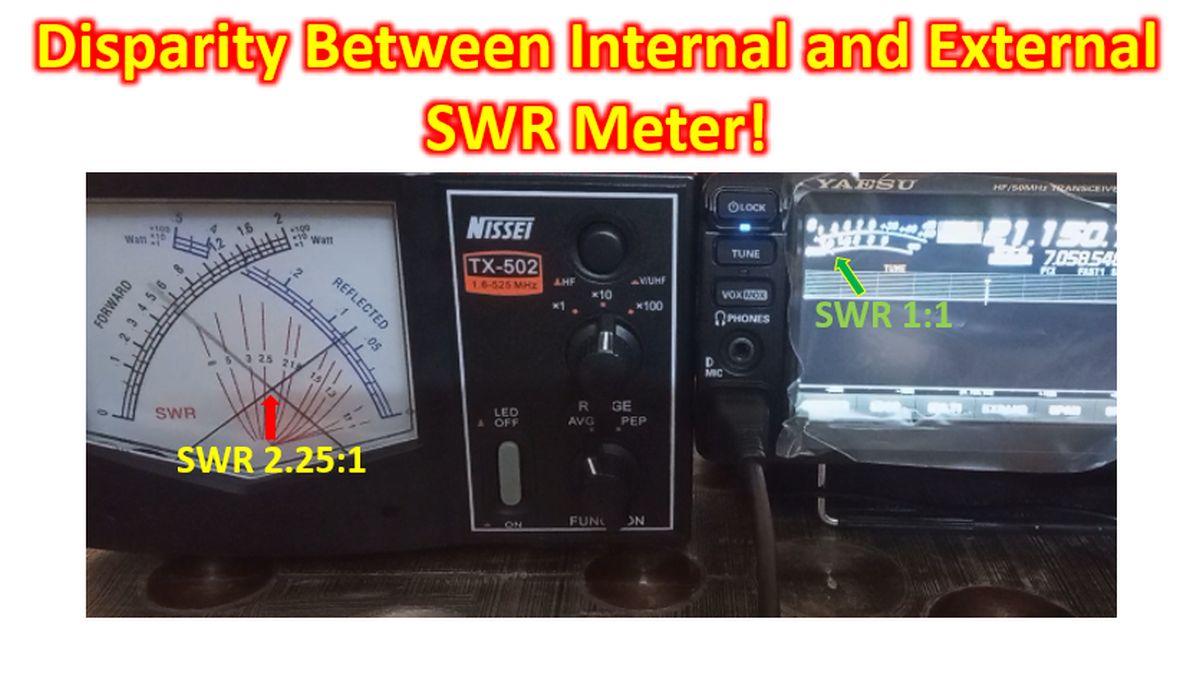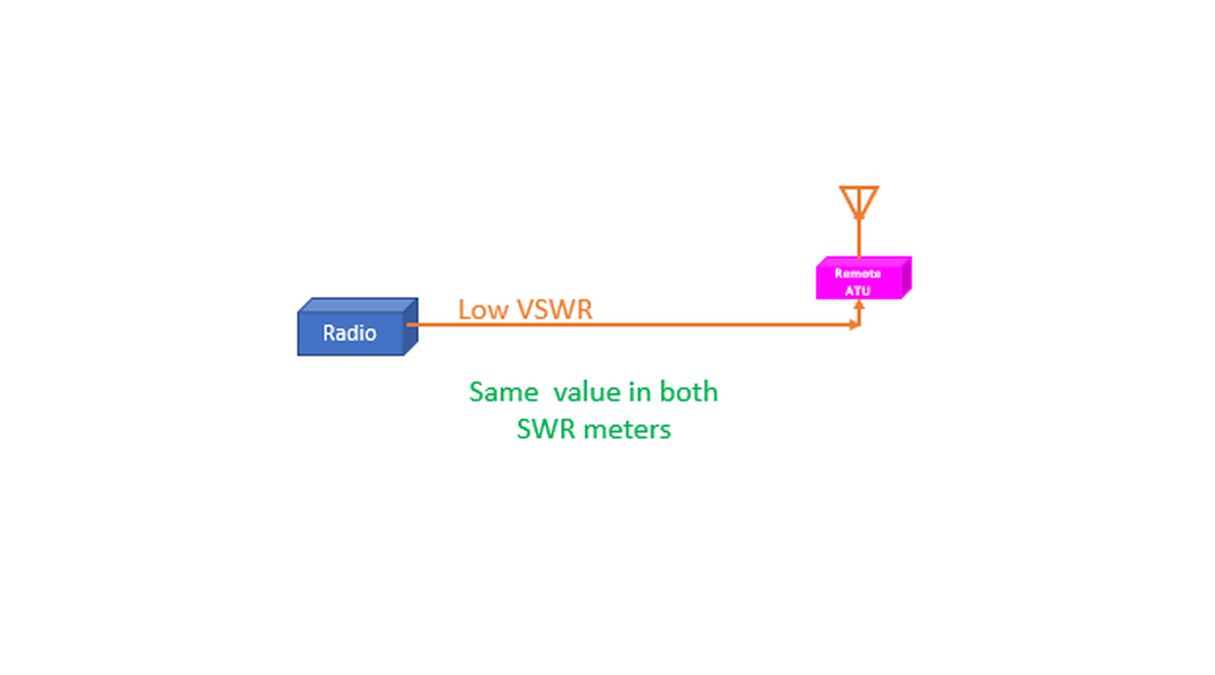Disparity Between Internal and External SWR Meter!
I was under the impression that both the built-in SWR meter of the radio and the external SWR meter which is connected in series with it will show the same SWR. My VHF/UHF dual bander radio did not have an internal SWR meter. So I was unable to check this out. When I started using FT-710 with a built-in SWR meter and automatic antenna tuner, I noticed that the readings are not the same in both. This was especially so after tuning on a frequency which had higher SWR for the antenna. When you tune the higher SWR to a lower one using the built in antenna tuner, the radio shows a very favourable low SWR during transmission after that.

In this video clip, the cross needle external SWR meter is showing an SWR of aroung 2.25:1 while the internal SWR meter is showing an SWR of nearly 1:1. When the PTT is pressed, the needle in the internal SWR meter can be seen dipping down to almost 1. In receive mode, the meter functions as an S meter and shows high value due to the ambient noise on the band.
This video clip illustrates the higher SWR in both internal and external meters prior to automatic antenna tuning using the built-in antenna tuner in the radio. The previous clip was recorded after tuning, to demonstrate the disparity between the two readings.

Initially I was worried as I had the kept the display meter on power mode in the radio and was not seeing the SWR in the radio. But the red light indicating high SWR was not lighting up in the radio. I was wondering about that for a few days, before I realised that the external SWR meter will be showing the SWR in the coaxial cable while a lower SWR is presented to the radio by the built-in tuner. Further clarification of this fact was obtained by changing the display mode of the meter in FT-710 to SWR instead of power. It consistently showed low SWR near 1:1 after tuning.

This disparity will not occur if you use a remote antenna tuner at the antenna feedpoint. Though that is an ideal option, it will bring in more expense and complexities to the system. Remote antenna tuners are more expensive as they have to be weather proof. Mounting them at the center of the half-wave dipole antenna requires additional supports to prevent sagging of the antenna. Power supply to the remote antenna tuner has to be with either a T-Bias or an additional power line along with the coaxial cable is needed. If all these can be provided, a remote antenna tuner will give better performance in terms of radiated signal.